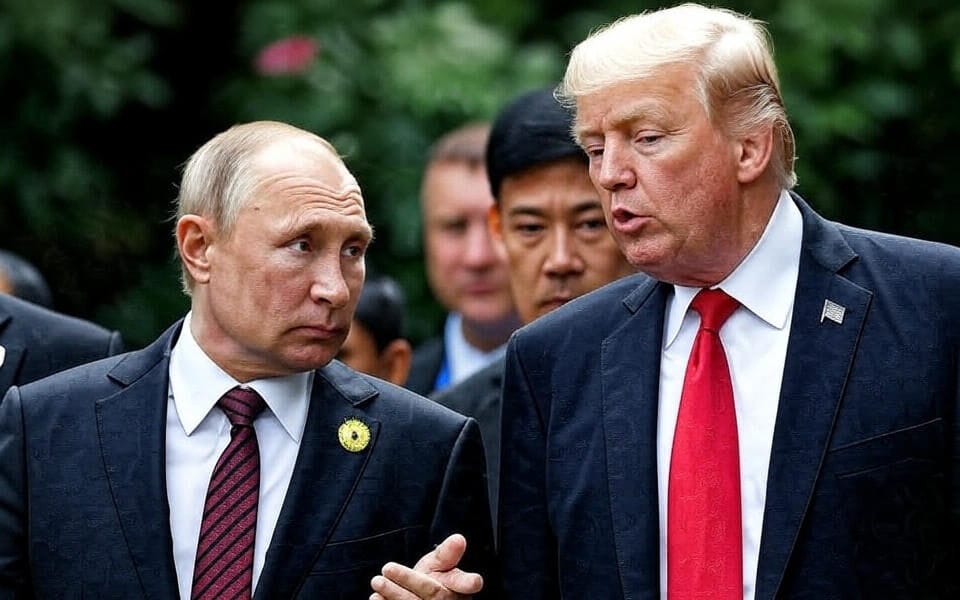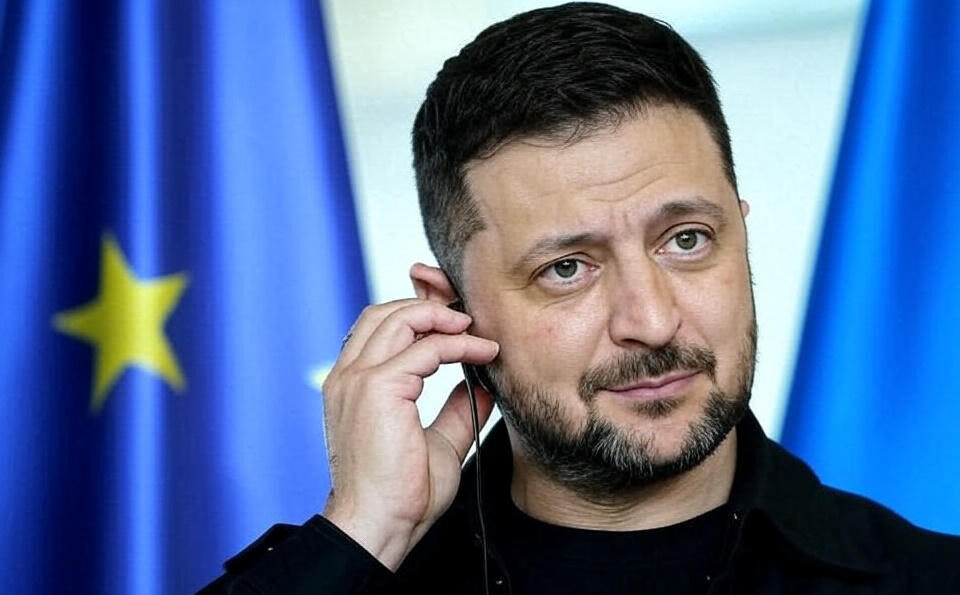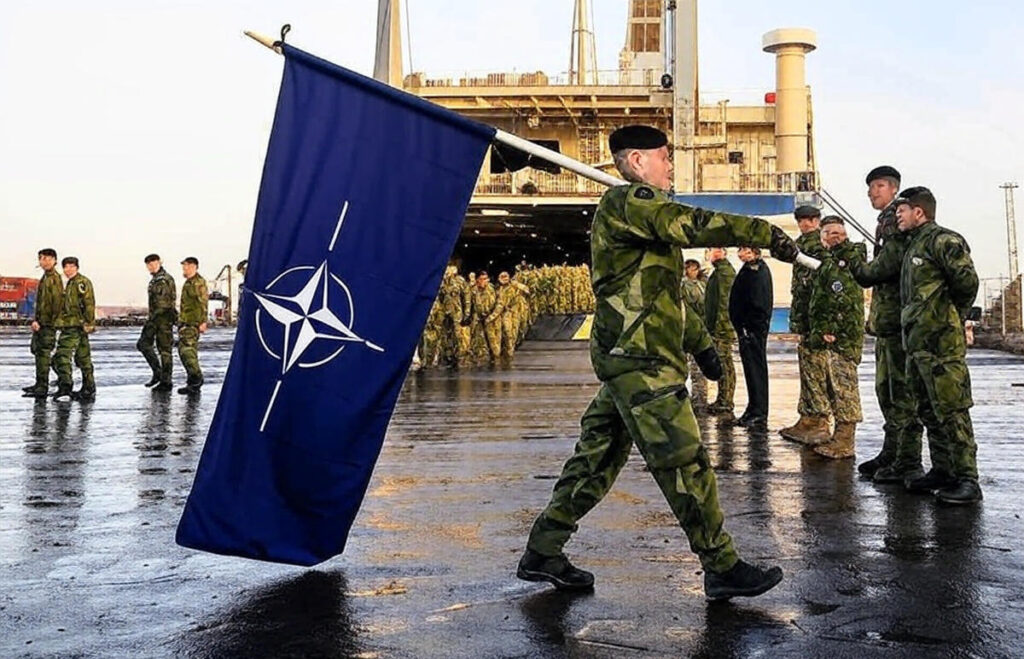
As of August 18, 2025, the Russia-Ukraine conflict, a persistent challenge to global stability, is witnessing a pivotal moment in diplomatic efforts. Recent interactions involving U.S. President Donald Trump, Russian President Vladimir Putin, and Ukrainian President Volodymyr Zelensky signal a strategic shift toward pursuing a permanent peace agreement. This approach, diverging from traditional ceasefire-first strategies, carries significant implications for the conflict’s trajectory, NATO alliances, and global energy markets.
Trump-Putin Summit
Summit Outcomes and Ceasefire Stance
On August 15, 2025, President Trump met with Russian President Vladimir Putin in Alaska for a major summit that was intended to deal with the ongoing Russia-Ukraine war. Trump emerged from the talks advocating for a permanent peace agreement rather than a temporary ceasefire, aligning closely with Moscow’s long-standing preference for a comprehensive settlement. He stated on Truth Social that ceasefires “often do not hold up,” emphasizing a deal to “end the horrific war.” This approach prioritizes resolving core issues, such as territorial disputes and security guarantees, over pausing hostilities.
Critics, however, caution that bypassing a ceasefire could prolong violence. Nigel Gould-Davies, a senior fellow at the International Institute of Strategic Studies, noted that Trump’s stance “appears to shift towards Putin,” potentially allowing Russia to continue fighting while negotiating.Ongoing Russian attacks, like a drone strike in Kharkiv that killed at least seven people, show how dangerous continuous fighting can be even as discussions take place.
The absence of a pause in hostilities may erode trust, complicating efforts to reach a lasting accord.
Strategic Implications
- Long-Term Focus: Trump’s push for a permanent deal reflects a bold diplomatic strategy, leveraging U.S. influence to broker a historic resolution.
- Challenges: Without a ceasefire, Ukraine faces continued military pressure, potentially weakening its negotiating position.
Zelensky’s Washington Visit

Meeting Context and Pressures
Ukrainian President Volodymyr Zelensky is traveling to Washington, D.C., for a critical meeting with Trump on August 18, 2025, following reported pressure from Putin. The summit comes after a contentious history, including a February 2025 clash where Trump publicly criticized Zelensky, straining U.S.-Ukraine relations. Zelensky’s visit, accompanied by European leaders like UK Prime Minister Keir Starmer and French President Emmanuel Macron, aims to secure “ironclad” security guarantees and advance peace talks.
Trump has urged Zelensky to forgo reclaiming Crimea and pursuing NATO membership, aligning with Kremlin demands.Zelensky, however, stays strong, saying on X that ” Russia must end this war, which The meeting’s outcome could define the conflict’s next phase, with implications for Ukraine’s sovereignty and Western alliances.
Potential Outcomes
- Diplomatic Progress: A successful dialogue could facilitate a trilateral summit with Russia, as proposed by Trump.
- Risks of Stalemate: Divergent priorities—Ukraine’s insistence on territorial integrity versus Trump’s push for concessions—may deepen divisions.
Broader Implications and Outlook

Geopolitical Ramifications
The focus on a permanent peace agreement marks a departure from conventional conflict resolution, potentially reshaping international diplomacy. Trump’s approach could strengthen U.S. influence in global negotiations but risks alienating Ukraine if perceived as favoring Russian interests. The conflict’s impact on NATO, with Zelensky advocating for security guarantees akin to NATO’s Article 5, remains a key issue. Global energy markets, sensitive to disruptions in the region, are also at stake, as prolonged instability could exacerbate supply chain challenges.
Future Prospects
The Trump-Zelensky meeting is a critical juncture. Success might open up chances for talks with Russia, which could result in a big and important agreement.
However, the absence of a ceasefire and ongoing Russian advances—capturing significant territory in 2025—complicate the path forward. European leaders, supporting Zelensky, insist that “no decisions about Ukraine can be taken without Ukraine,” emphasizing Kyiv’s agency in territorial matters.
As diplomacy unfolds, the international community watches closely. The meeting’s outcome will influence not only the Russia-Ukraine conflict but also the broader geopolitical landscape, testing the balance between peace, sovereignty, and global stability.





